Begonia x tuberhybrida
The idea of a “hybrid” has always struck me as super cool.
From demigods in Greco-Roman mythology to the massive feline liger, combining two different species to end up with something new and exciting often leads to greatness… and tuberous begonias are proof of this.
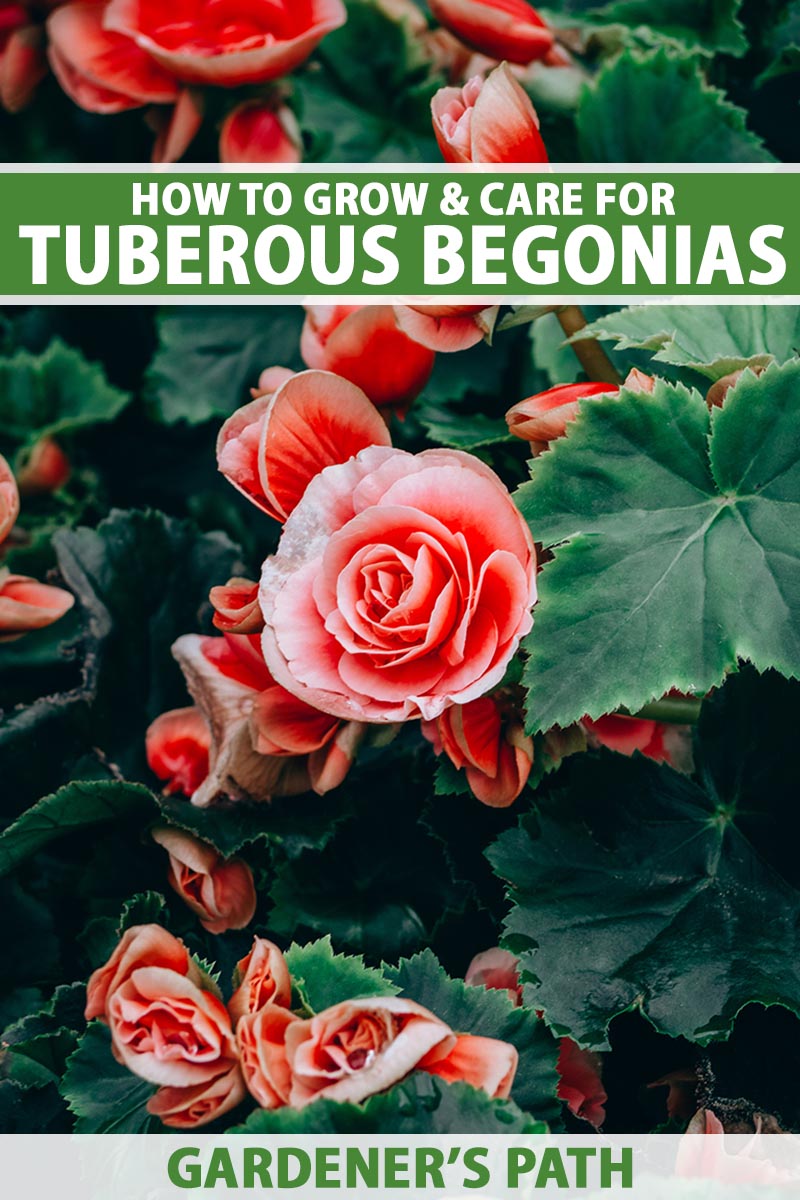
We link to vendors to help you find relevant products. If you buy from one of our links, we may earn a commission.
The Begonia genus is already quite attractive, so the way that Begonia x tuberhybrida is known for being an especially beautiful begonia? Not an easy feat to pull off.
And why wouldn’t you consider it among the best? I mean, these beautiful bloomers are in effect customizable, since there are so many different flower colors, petal shapes, and growing habits to choose from. Just about anyone can find a variety they like.
And after giving this guide a solid read-thorough, you’ll be ready to give your tuberous begonias the tender, loving care that they deserve.
What You’ll Learn
What Are Tuberous Begonias?
Before diving into the specific niche where tuberous begonias dwell, it’s important to go over begonias as a whole.
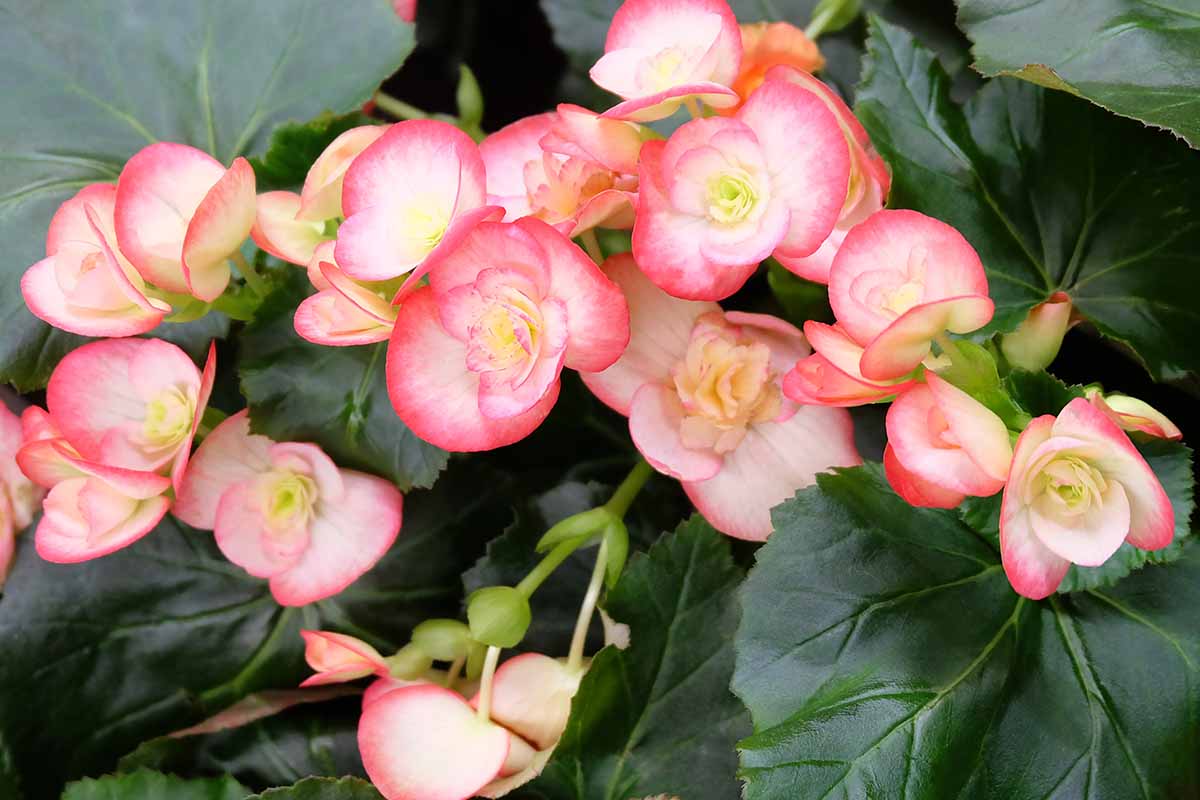
Unsurprisingly, these plants belong to the Begonia genus, which is part of the Begoniaceae family.
This massive genus consists of more than 2,000 different species of flowering perennials, which collectively hail from tropical and subtropical regions the world over.
An adaptation to niche environments – in combination with a limited capacity for widespread seed dispersal – has resulted in a variety of small, yet diverse begonia populations worldwide.
Such diversity has warranted the American Begonia Society to whip up an informal classification of eight or so different begonia groups: cane-like, rhizomatous, semperflorens, rex-cultorum, trailing or scandent, thick-stemmed, shrub-like, and tuberous – and it’s the latter that we’ll be covering here.
Also known as Begonia x tuberhybrida, tuberous begonias are a group of hybrids which, when compared with other begonias, are arguably the most stunning.
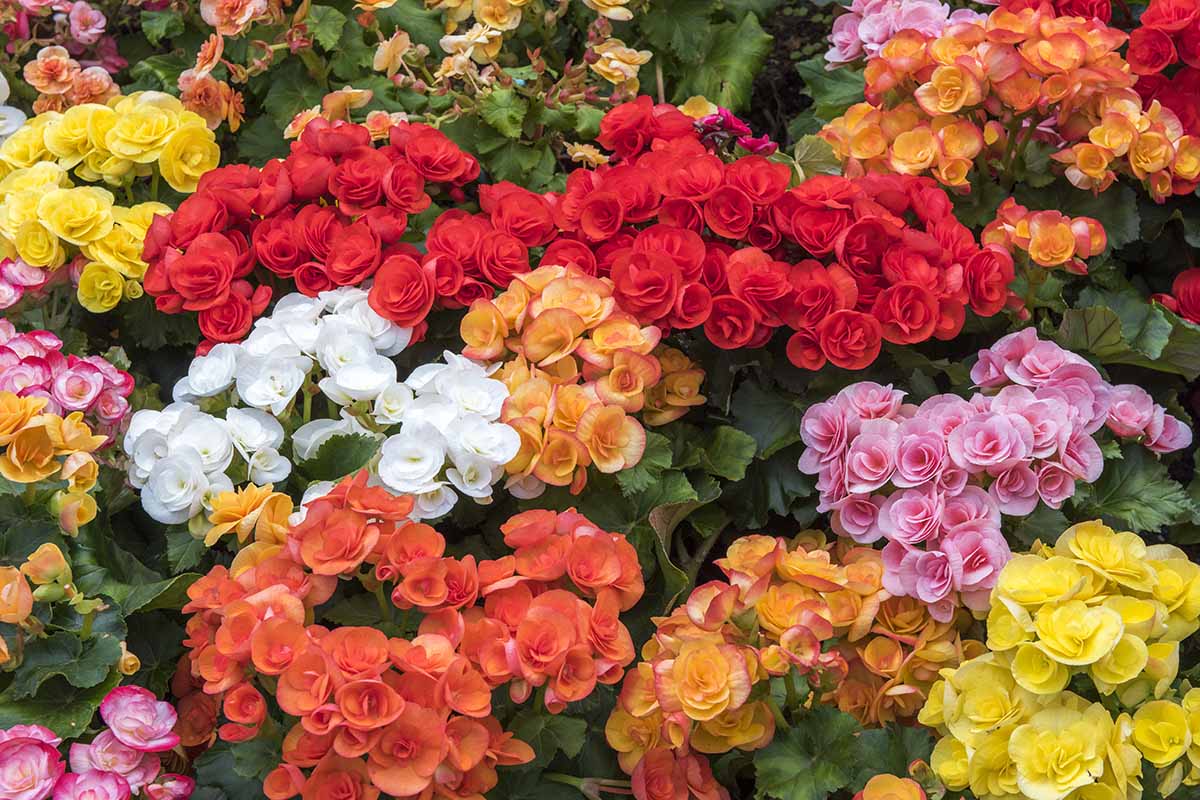
Sitting atop waxy, pointed, and oval-shaped green leaves, the flowers bloom in orange, pink, red, white, or yellow hues. Said blooms emerge from late spring until the first frost in fall.
The plant as a whole grows to a height of six to 18 inches while spreading 12 to 18 inches, and is hardy in USDA Zones 9 through 11.
These plants may exhibit various flower shapes, petal types, and growing habits, which has resulted in the creation of 13 informal tuberous begonia groups for ease in identification.
What every tuberous begonia does have in common, though, is right there in the name: a tuberous root system.
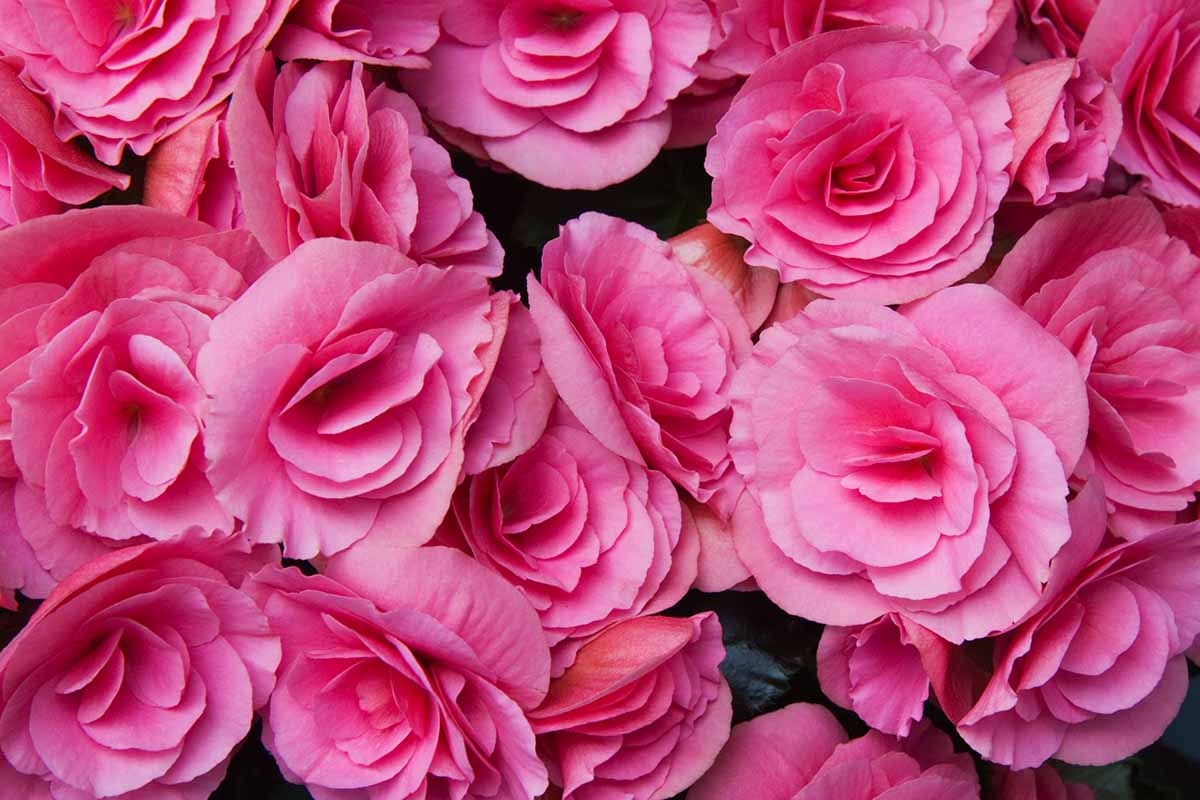
Tuberous begonias also go through a dormant period, when the tubers can be lifted and stored for later replanting.
The tubers actually contain toxic calcium oxalates, which can cause vomiting and salivation in common household pets such as cats and dogs. So if possible, keep your fur babies away from these plantings!
Cultivation and History
As mentioned earlier, begonias can be found in the tropics worldwide.
The 14 or so parents of the tuberhybrida cultivars, however, hail from the high altitudes of the Andes Mountains, located in South America.

In the 1860s, British plant collector Richard Pearce journeyed to the Andes, discovered several begonia species in Bolivia and Peru, and subsequently returned to Europe with specimens.
Some of these were used to hybridize the first tuberhybrida cultivars.
By the turn of the 20th century, the cultivation and sale of B. x tuberhybrida specimens had well and truly begun in Europe and North America.
Since then, tuberous begonias have developed a reputation for flaunting large, gorgeously showy flowers… one that may have drawn you to this very guide.
Tuberous Begonia Propagation
Interested in cultivating tuberous begonias? If so, you’ve made an excellent decision!
To acquire some, you’ll need to propagate them, and your best avenues for doing so are from seed, from stem cuttings, from tubers, or via transplanting.
A brief note on propagation potting sizes: Ideally, make sure the roots have about one to one and a half inches of space available on all sides, away from the container walls.
From Seed
To acquire seeds, you can either purchase them or gather them from accessible specimens, whether in your own garden or a friend’s.
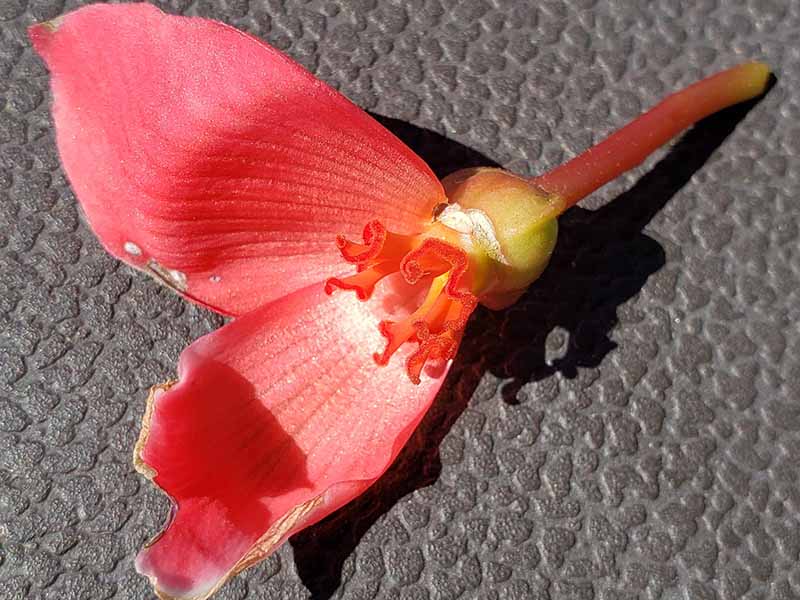
A dried, ready-to-remove seed pod will exhibit a golden brown hue, at which point you’ll be able to gently pluck it from its stem. To dry the seed pods, set them on a piece of paper for three to 10 days.
The tiny, dust-like seeds within will be ready to harvest from the dried seed pots when they’re golden brown in color. If they’re a lighter cream color, then you’ve harvested prematurely.
To access the seeds, dissect a pod over a piece of paper with tweezers to expose the locules, or seed-containing chambers. Once they’re exposed, dump the seeds out onto the paper.
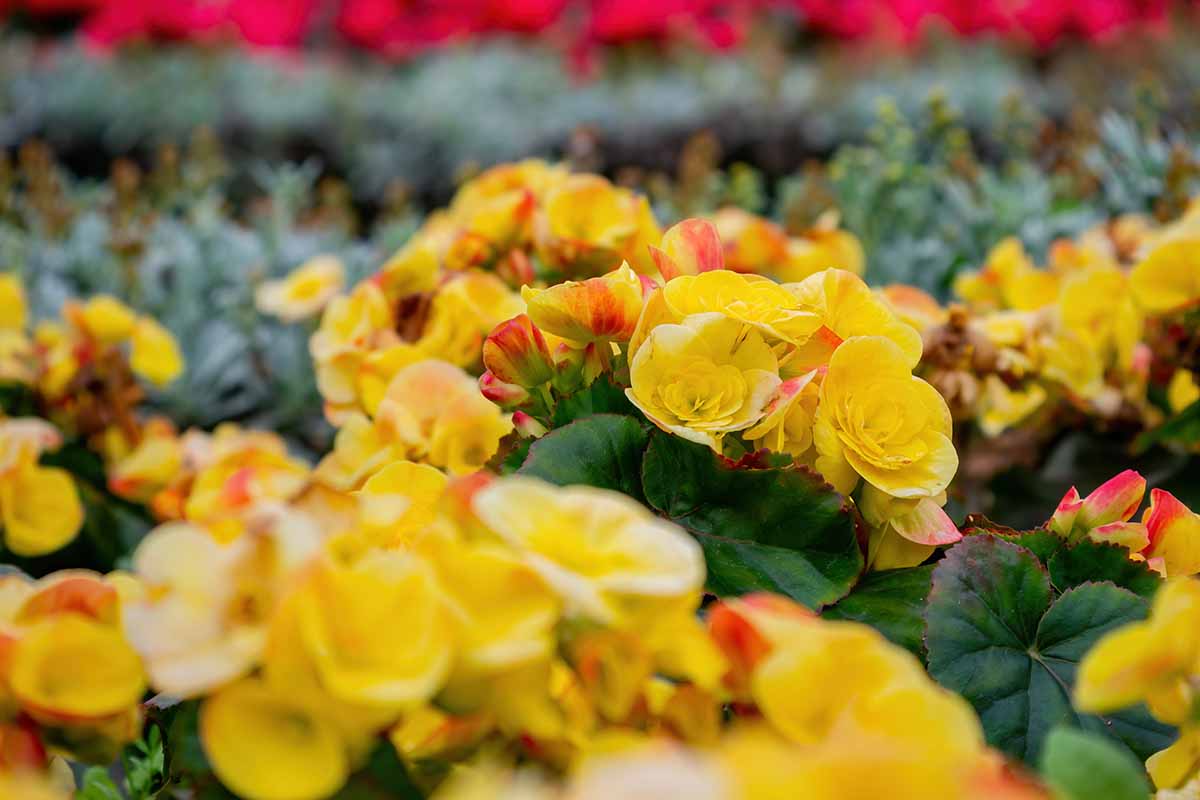
Not every seed will be good for sowing, though. As good seeds roll better than the bad ones, separate them by gently tilting the seed-bearing paper over a second sheet of paper.
The chaff should remain on the first sheet, while the viable seed should roll right onto the second sheet.
You know how the ice in your drink sometimes sticks to the bottom of the cup, and doesn’t come free until the cup angle is perilously steep mid-drink, leaving your face to complete an impromptu ALS Ice Bucket Challenge of sorts? The same principle applies here, so increase the angle of your sheet gradually.
Pour the good seeds into paper envelopes, label them with the date of collection, and store them in the fridge, where they should remain viable for several years.

For summer blooms, you really should start your seeds in December or January.
To do so, fill a seed tray with a 50:50 mix of sphagnum peat moss and perlite, moisten the media, and gently spread the seeds onto the surface in parallel lines spanning the length of the tray.
This can be made easier by folding a piece of paper in half and using the crease to guide the seeds onto the media.
Once sown, cover the seeds with a thin dusting of media. Moisten the surface with a water-filled spray bottle, then cover the tray with clear plastic wrap.
Expose the tray to indirect light indoors, while keeping the media moist. Germination should take around 10 days with a soil temperature of 70°F, or up to three weeks at lower indoor temperatures.
For a few extra degrees of heat, give these high-quality heat mats from Gardener’s Supply a go!
Remove the plastic wrap a day or two after germination occurs. Thin out any weak-looking seedlings, and leave two inches of clearance between the healthiest remainders.
At this point, you can expose the seeds to direct light, whether it comes from a nearby window or grow lights.
As the seedlings grow and begin to crowd each other out, move each into its own container, keeping the growing medium moist all the while.
Two weeks before the last frost date in your area, bring the seedlings outside into partial shade for 30 to 60 minutes before bringing them back indoors.
Add 30 minutes to an hour on each successive day, until the seedlings can handle a full day of outdoor exposure.
From here, they’re ready for transplanting!
From Stem Cuttings
If you have an established specimen, you can actually propagate new ones from the stems that grow from the tuber.
A fringe benefit of this is that by taking cuttings, it will also renew the existing tuber’s vigor!
In April, dig up a tuber and gently remove any loose soil. Remove three-inch lengths of stem from the tuber with a sterile blade.
Bonide Bontone II Rooting Powder
Dip the cut ends in a rooting hormone, such as this IBA rooting powder from Bonide that’s available via Arbico Organics.
Stick each cutting into its own container, filled with a 50:50 mix of sphagnum peat moss and perlite.
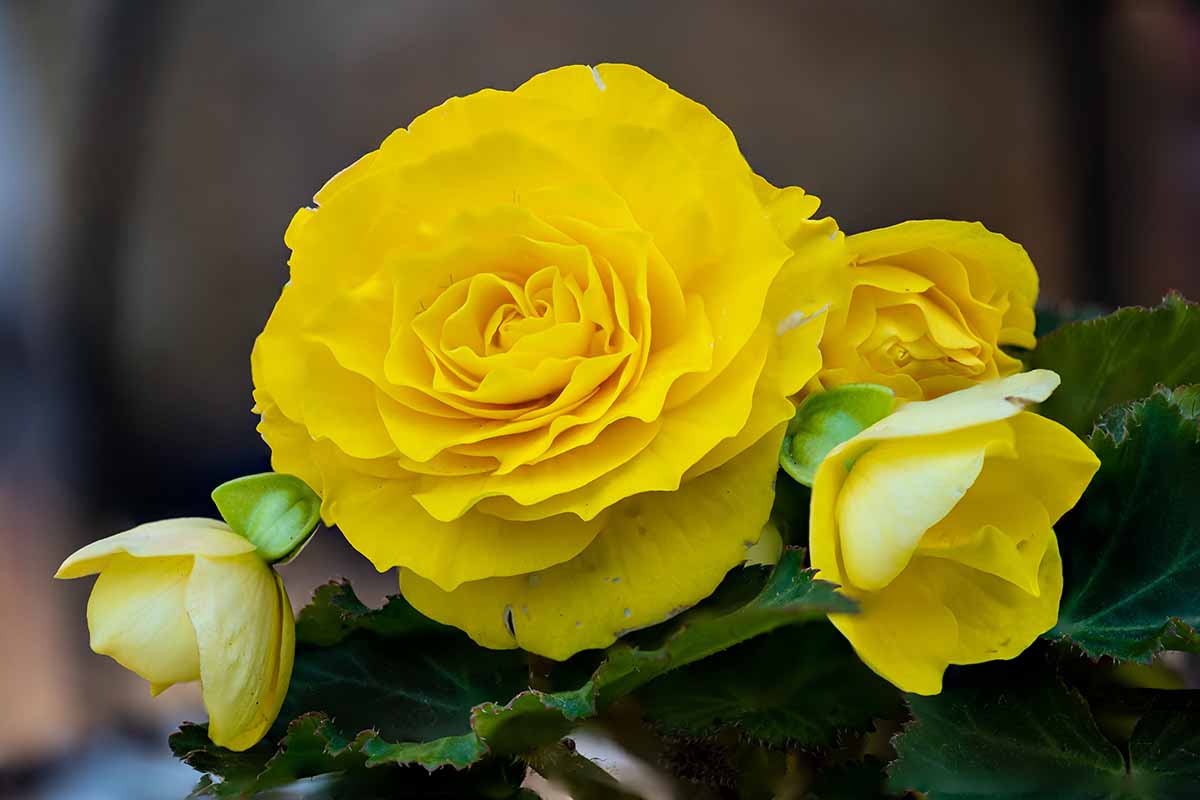
Moisten the media in each container, seal each inside its own plastic baggie, and expose the containers to indirect light indoors.
Once roots form in two to four weeks, bring the cuttings into direct light and gradually open their baggies over a three-day period to wean the cuttings off of the excess humidity.
At this point you can harden them off outside, using a similar protocol as described above. After that, you’re good to transplant them!
From Tubers
If you choose to grow these plants from tubers, you’ll need to pull the tubers from storage or purchase them. You’ll want to start them in February or March for June or July blooms.
Fill containers with a 50:50 mixture of peat moss and perlite. Plant the tubers just below the surface, concave sides up, and water them in to moisten the medium.
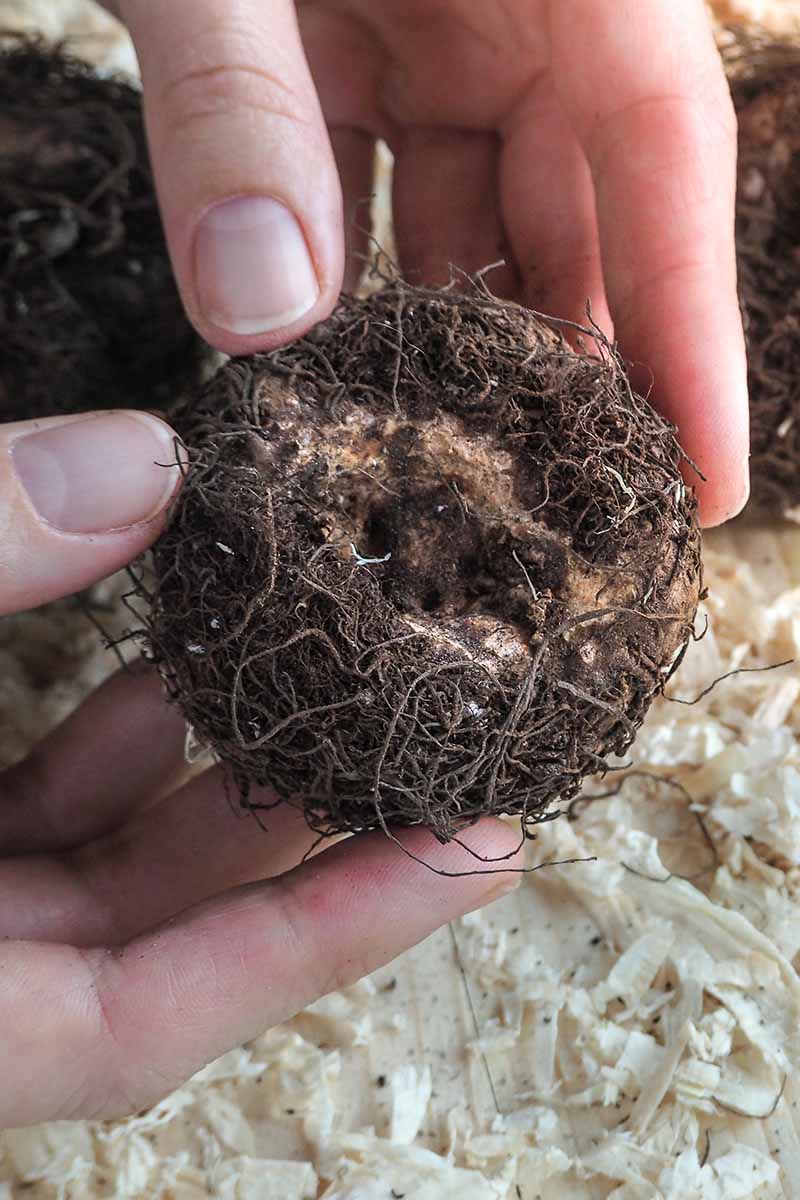
Expose the containers to indirect light indoors, while keeping the media moist and the ambient temperatures around at least 70°F.
Once the stems emerge and reach an inch in height, you should repot the tubers into larger containers.
The number of stems determines flower size. To encourage large flowers, pinch off excess stems once they reach three inches tall.
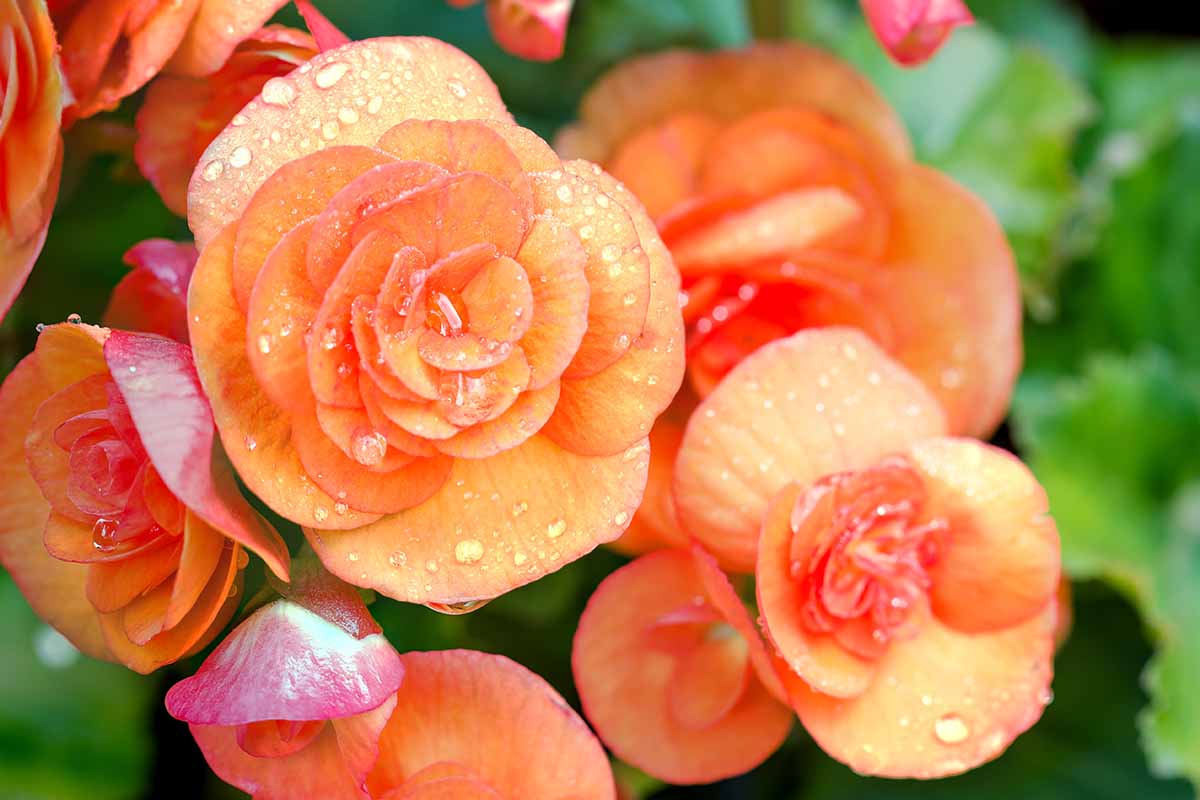
“Excess” means more than two to three stems for a small tuber, or more than three to six for a large one. For multi-flora varieties where profuse blooms are the goal, ignore this recommendation.
A fortnight before the frost-free date, harden off your plantings using the above protocols.
Now, it’s transplanting time!
Via Transplanting
To transplant tuberous begonias, prepare fertile and well-draining planting sites with a pH of 5.5 to 6.5.
Space these spots about eight to 12 inches apart, in wind-shielded locations that are either partially shaded or exposed to dappled sunlight.
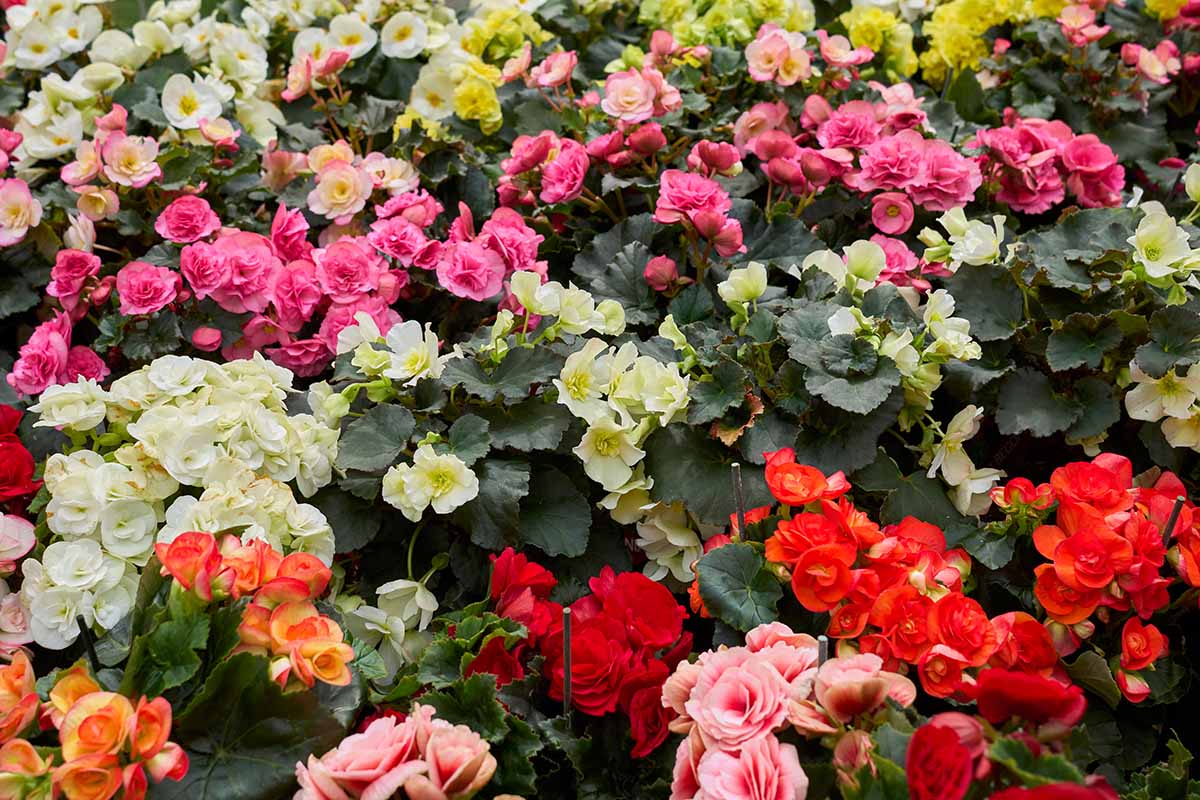
Once your sites are ready, dig holes about the depth and width of the root systems.
Lower the transplant in and backfill with soil, making sure that the tubers are covered an inch or two below the soil line. Water them in, and keep the surrounding soil moist.
How to Grow Tuberous Begonia Flowers
Such gorgeous flowers can’t look their best with subpar care. For truly jaw-dropping blooms, the following guidelines should help you out a bit.
Climate and Exposure Needs
In general, tuberous begonias can be grown as perennials only in USDA Hardiness Zones 9 to 11, as they’re pretty frost-sensitive.
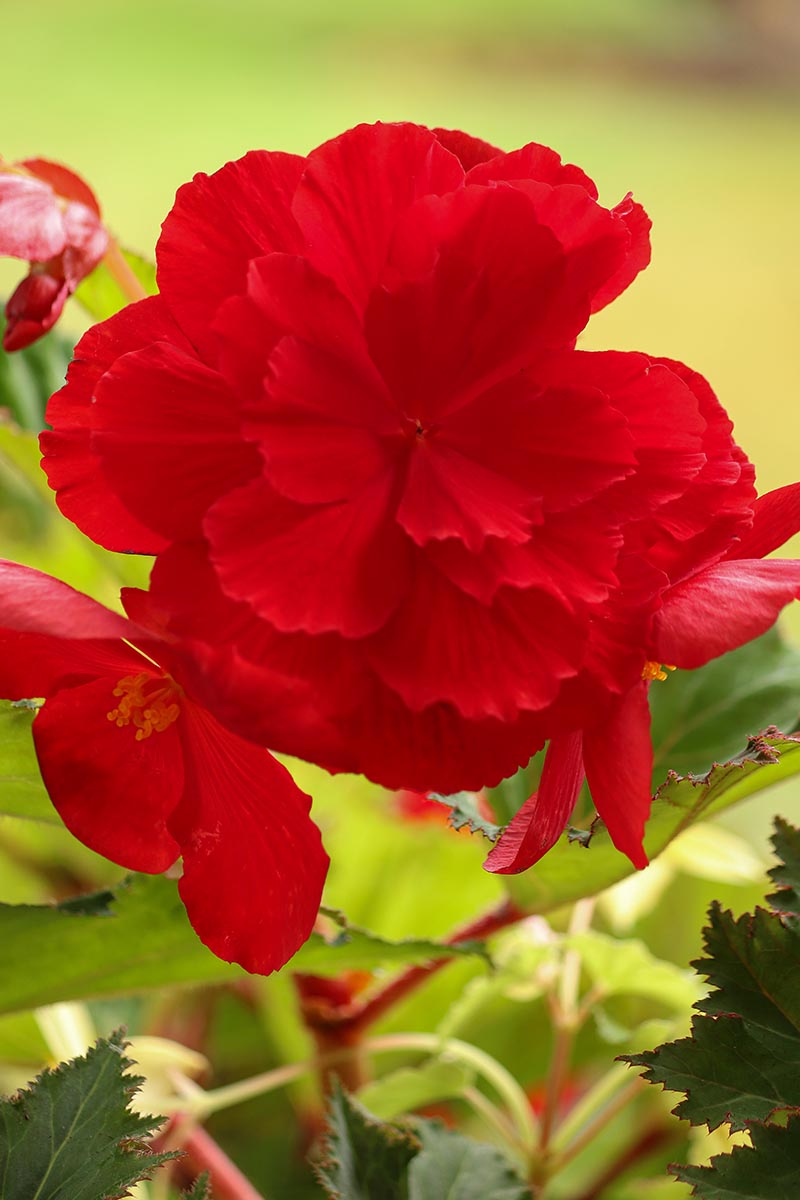
In colder regions you should plan to grow them as annuals, or lift the tubers for winter storage before the first frost.
Partial shade and dappled sunlight are both optimal, along with protection from wind. And they aren’t affected by the juglone produced by black walnut and other trees.
But don’t get me wrong – these guys still love fresh air, just not when it’s moving quickly. Remember to provide adequate circulation!
Soil Needs
Provide soil that is well-draining and fertile, with a pH of 5.5 to 6.5. For fertility, working an inch or two of compost or well-rotted manure into your beds each spring is a smart move.
Water and Fertilizer Needs
Tuberous begonias love to sit in moist soils, so be sure to maintain that soil moisture throughout the growing season.
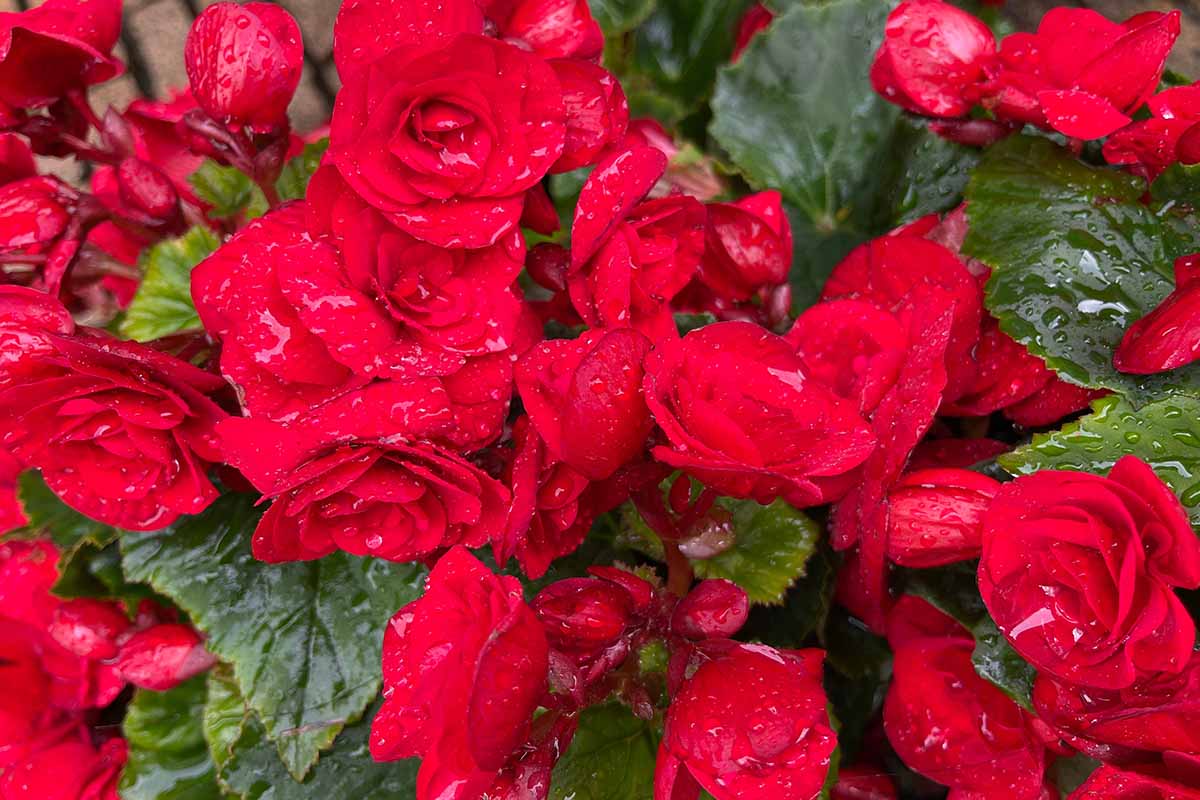
“Moist” doesn’t equal “saturated,” though, so if your plants are sitting in water, you’ve definitely over-irrigated.
Applying a balanced fertilizer that’s diluted down to half-strength every two weeks during the growing season should work just fine.
A perfect product for the job is this quart of 20-20-20 NPK liquid fertilizer from EZ-gro, which is available to purchase from Amazon.
Growing Tips
- For optimal growth, provide dappled sun or partial shade exposure.
- The best soil is well-draining and fertile with a pH of 5.5 to 6.5.
- Maintain soil moisture, and feed every two weeks with a diluted, balanced fertilizer.
Pruning and Maintenance
During the growing season, deadheading spent blooms can go a long way in preventing disease and keeping up aesthetics.
For specimens in USDA Hardiness Zones 9 to 11, you should cease watering and fertilizing once their shoots start to wilt, yellow, and/or drop in fall.
Make a note of where the tubers are located in your gardening journal, so you can resume caring for them promptly once dormancy ends.
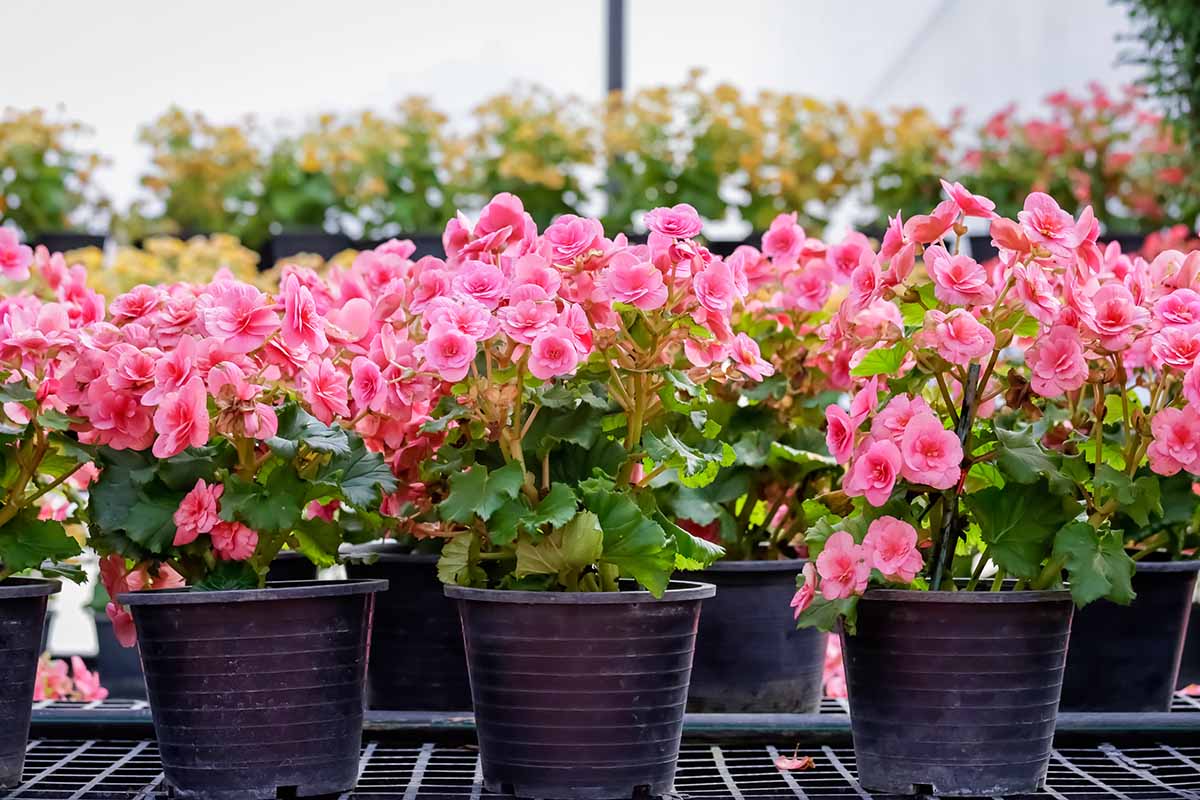
In climates colder than Zone 9, tuberous begonias won’t survive the winter outdoors.
If you don’t want to save the tubers, simply composting the plants at the end of the growing season is all that’s necessary. But if you wish to reuse tubers for years to come, here’s what it takes:
Cease watering and fertilizing your specimens before your area’s first frost date.
After that first frost, dig up your tubers, shake them free of soil, cut the shoots to a height of five inches, and allow the tubers to dry out in a warm, moisture-free spot indoors.
Once the shoots are dry and crinkly, you should be able to pluck them off with ease, although it’s best if they fall off naturally.
When the tubers are trimmed, put each in its own paper bag, place the bags in a cardboard box or breathable container, and store it in a dark, cool, and dry spot indoors. If you need an exact temperature, shoot for something in the 40 to 50°F range.
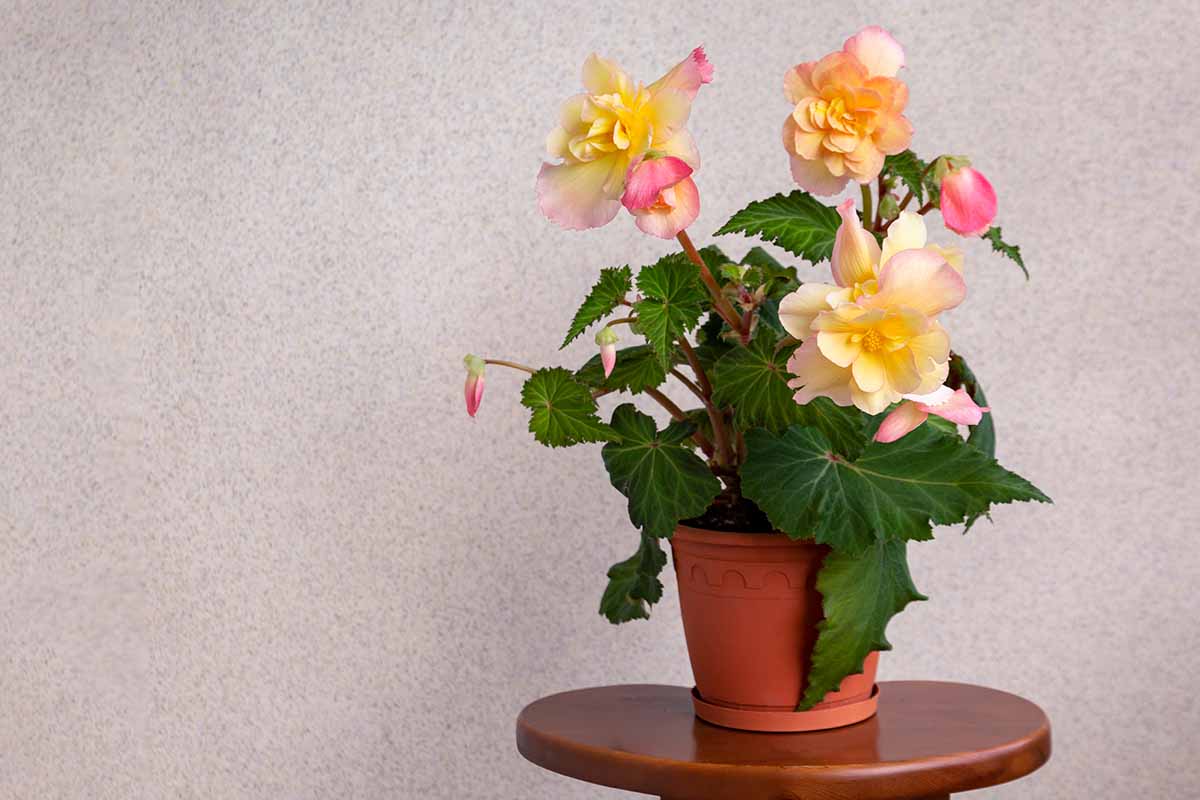
Check the tubers periodically for rotting, pests, and signs of disease.
You can save tubers with little rotted spots by removing said spots, redrying the tuber, and dusting it with a bit of sulfur. But otherwise, you should pitch afflicted tubers.
That’s the beauty of placing each in its own paper bag – if one exhibits rotting, infection, and/or infestation, it won’t spread to the others!
Cultivars to Select
As a group, Begonia x tuberhybrida cultivars are all worth selecting, if you ask me.
But even though they might say otherwise, both human and plant parents are inclined to pick favorites. Therefore, I’m going to touch on five of my top picks.
Hanging Basket Scarlet
When it comes to Hanging Basket ‘Scarlet,’ you get exactly what’s advertised.
Reaching a height and spread of 10 to 12 inches, this variety flaunts brilliant scarlet double blooms from late spring to frost that cascade over the sides of containers.
Emerging from late spring to frost, these blooms reach widths of two to five inches.
If you’re looking for gorgeous blood-red flowers to hang over the sides of your hanging basket, you can hardly do better than Hanging Basket ‘Scarlet.’
Nonstop Fire
Growing up to 12 inches tall and 16 inches wide, Nonstop® ‘Fire’ is the cream of an already creamy crop.
The Nonstop® series is known for its squat and heat-resistant line of long-blooming beauties that don’t require deadheading.
The four-inch flowers of Nonstop® ‘Fire’ bloom from late spring to frost, and are absolutely majestic.
The petals are truly flame-like, with red margins that gradually morph into orange and yellow hues as you approach the center of the flower.
If you ever wanted to combine the lull of staring into a bonfire with the majesty of admiring a flower, try snagging an eyeful of Nonstop® ‘Fire.’
Picotee Lace Pink
With six-inch soft pink flowers that are laced with a frilly white edge, ‘Picotee Lace Pink’ honestly reminds me of a ballerina’s tutu.
Not a look that I thought would work in the garden, but ‘Picotee Lace Pink’ has proved me wrong in spectacular fashion.
As a compact and bushy mound of light pink flowers and dark green foliage, this variety reaches 12- to 14-inch heights and 12- to 16-inch widths, and also has extra heat tolerance!
Blooming from midsummer to frost, ‘Picotee Lace Pink’ proves that good things come to those who wait.
Roseform White
These varieties don’t lead you astray with their names, do they?
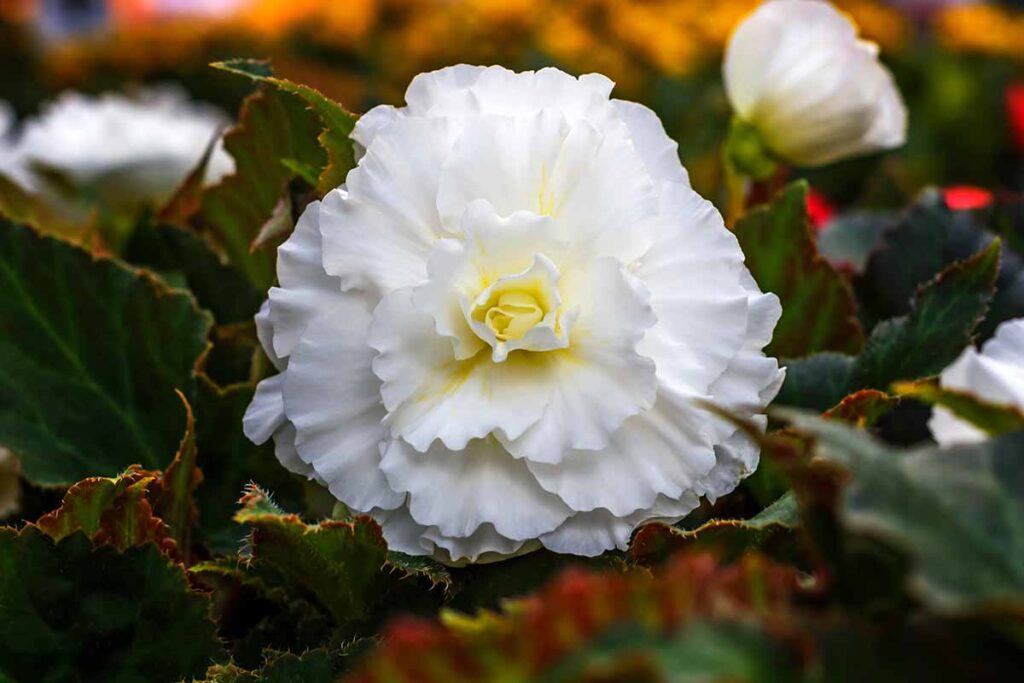
Reaching a height of 14 to 20 inches and a spread of 10 to 12 inches, Roseform ‘White’ is an upright-growing knockout that flaunts four- to eight-inch, rose-shaped white flowers.
These blooms blossom from midsummer to frost, and stand out in stark contrast to the more colorful beauties in your garden. Plus, they’re a perfect way to get the rose aesthetic sans thorns.
A pack of three Roseform ‘White’ tubers is available for purchase from Eden Brothers.
Ruffled Yellow
“Ruffled” things get a bad rap. Ruffled feathers, ruffled shirts, other examples… But I believe ‘Ruffled Yellow’ can really change things around.
Maturing to heights of 14 to 20 inches and widths of 12 to 16 inches, Ruffled ‘Yellow’ has five- to nine-inch yellow flowers with semi-ruffled petals.
The blooms make their appearance from midsummer to frost, while the plant as a whole is heat-resistant and surprisingly compact.
To purchase three tubers of ‘Ruffled Yellow,’ visit Walmart.
Managing Pests and Disease
Keeping your tuberous begonias free of pests and diseases is essential for top-tier aesthetics. And although they’re resistant to deer and rabbits, these plants are prone to a few other issues.
Pests
Along with the damage that they cause, insects can vector pathogens. So by controlling them, you can also help to keep your plants free of disease!
Black Vine Weevils
Also known as Otiorhynchus sulcatus, the black vine weevil is a pest of many different plants.
The shiny black adult beetles reach a half-inch in length, while the C-shaped, legless grubs are white-bodied with a reddish-brown head.
Once they hatch from their eggs in midsummer, these larvae feed on tuberous begonia roots below the soil line well into fall, which can lead to shoot wilting and overall plant death.
To control the grubs while they’re active, a soil drench of beneficial nematodes will make short work of them. Recommended nematode species include Heterohabditis heliothidis, H. bacteriophora, and Steinernema carpocapsae.
The latter two can be purchased from Arbico Organics.
Slugs and Snails
Whether shelled or shelless, these mollusks are a real pain.
These pests eat irregularly shaped holes with smooth edges from the foliage of your B. x tuberhybrida specimens, leaving nasty slime trails in their wake.
Snail and slug control is multifaceted. First, do your best to eliminate unnecessarily shaded parts of your landscape – pull weeds, remove adjacent plant detritus, and so on.
When placed around vulnerable plantings, physical barriers such as eggshells, coffee grounds, and diatomaceous earth can deter snail and slug movement.
To go on the offensive, you should wait until nightfall when slugs and snails feed. Go out with a flashlight, physically pick them off your plantings, and dispose of them.
You can even set beer traps to attract and drown the pests. For a set of three plastic beer traps, head on over to Gardener’s Supply.
Thrips
Tiny, slender insects from the order Thysanoptera, thrips are pretty tough to see, though the symptoms of an infestation are much more apparent.
Thrips feed by piercing a plant’s epidermis and extracting the fluids within, leading to discoloration and distortion of the afflicted structure.
In tuberous begonias specifically, thrips feeding can form reddish-brown lines on the upper sides of leaves and pale spots on leaf undersides, while warping the leaf’s shape.
For thrips management, you can physically knock them off your plants with strong sprays of cold water.
Chemically, sprays of insecticidal soap during their active period from spring through midsummer can kill them.
Beneficial predators such as spiders and minute pirate bugs help with thrips control, so it’s important to avoid the use of systemic insecticides that can reduce their populations.
Seriously injured and infested plants should be pruned and/or destroyed.
Learn more about how to deal with thrips in our guide.
Disease
Sanitation goes a long way in preventing disease. Using pathogen-free plant stock, clean soils, and sterile gardening implements are but a few ways to keep your plantings healthy.
Powdery Mildew
Caused by a variety of fungal pathogens, powdery mildew is more of a cosmetic issue than a significant health problem… But with plants as stunning as tuberous begonias, reduced aesthetics are definitely cause for concern.
Overwintering in nearby plant detritus, reproductive structures release spores come spring, especially in warm and humid conditions.
Settling on plant tissues, the spores cause a white powder to form on plant surfaces, which can cause the shriveling, yellowing, and dropping off of infected tissues.
Prevent powdery mildew infection by disposing of adjacent plant detritus, providing ample air circulation, and avoiding overhead watering. If the disease is a real concern for you, applying fungicides preventively isn’t a bad idea.
Infected structures should be pruned and destroyed.
Learn more about powdery mildew and how to control it in our guide.
Root Rot
Despite being underground, roots need oxygen. And whenever there’s a lack of it due to soil compaction and/or excess water, the roots and tubers can suffocate, causing the aboveground shoots to suffer in both health and appearance.
Prevention is the best form of cure, honestly – provide well-draining and aerated soil, and do your best to not over-irrigate. Shoot for soil that’s moist, not oversaturated.
If the majority of the plant’s tuber and root system are mushy and beyond saving the specimen should be lifted and destroyed.
Stem Rot
Caused by the soil-borne water mold Pythium ultimum, stem rot leaves infected stems water-soaked and darkened, which can lead to the plant’s collapse.
Not a good thing, even for the pendulous varieties of Begonia x tuberhybrida that rock the “flopped over” look.
As excess water can lead to problems, it’s important to provide adequate airflow while you avoid over-watering. Burying tubers too deeply can also lead to infection.
Rotating between different fungicides can work to prevent stem rot.
But in the case of infection, you should pitch infected plants and either try again in a new planting site, or with fresh soil in a sanitized container.
Best Uses for Tuberous Begonias
As any model on LinkedIn knows, being beautiful offers plenty of opportunities.
The versatility of a Begonia x tuberhybrida is well and truly vast. Honestly, you could set one atop a large pile of garbage, and the plant could still bring a tear to your eye… on top of the trash’s eye-watering stench!
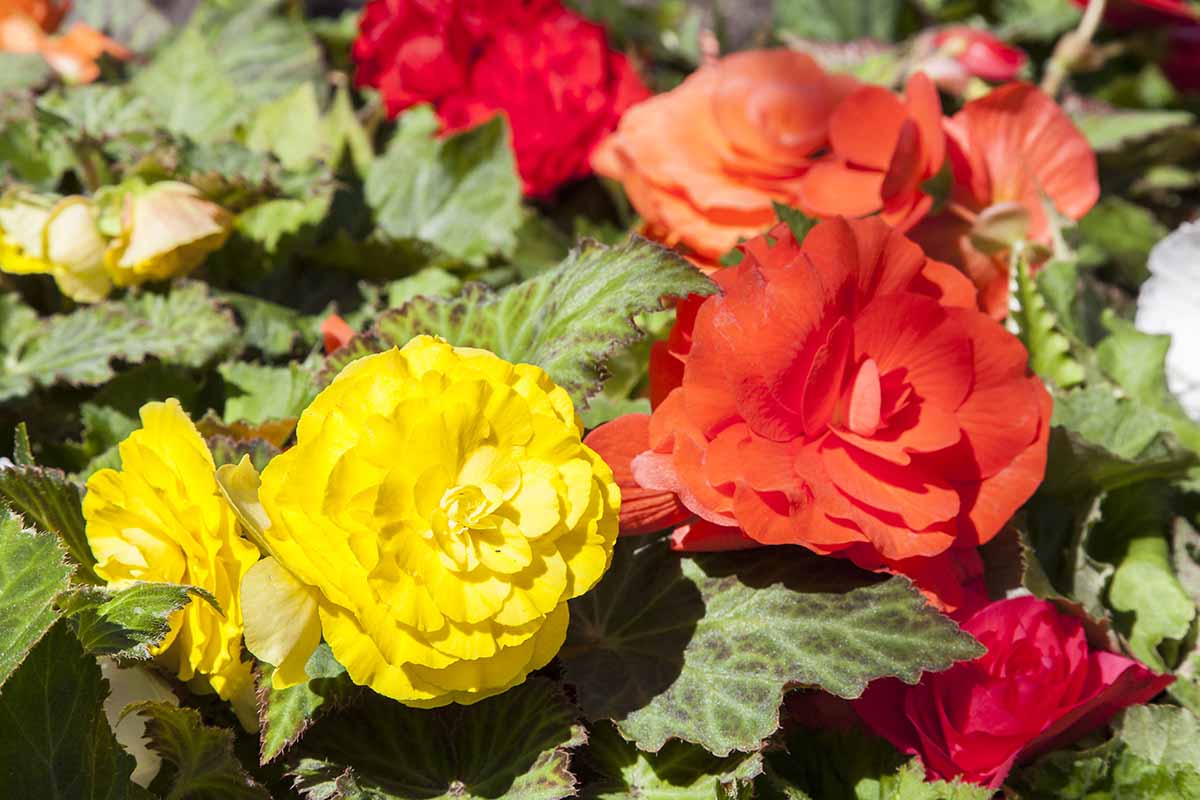
Tuberous begonias work wonderfully in large groups, whether as a massed grouping in a flower bed or lined up as a border.
They can also astound and amaze in containers, window boxes, or hanging baskets, and they look absolutely fantastic when placed around a patio.
They can also be grown as houseplants… but that’s a topic for another day.
Quick Reference Growing Guide
| Plant Type: | Flowering herbaceous perennial | Flower/Foliage Color: | Orange, pink, red, white, yellow/green |
| Native to: | Cultivated hybrids | Water Needs: | Moderate |
| Hardiness (USDA Zones): | 9-11 | Maintenance: | High |
| Bloom Time: | Late spring-fall | Tolerance: | Black walnut juglone, deer, rabbits |
| Exposure: | Dappled sun or partial shade | Soil Type: | Fertile, moist |
| Time to Maturity: | 3 months to bloom from tubers | Soil pH: | 5.5-6.5 |
| Spacing: | 8-12 inches | Soil Drainage: | Well-draining |
| Planting Depth: | Slightly below soil line (tubers) | Uses: | Beds, borders, containers, flower beds, hanging baskets, houseplants, window boxes |
| Height: | 6-18 inches | Order: | Cucurbitales |
| Spread: | 12-18 inches | Family: | Begoniaceae |
| Growth Rate: | Moderate | Genus: | Begonia |
| Common Pests and Diseases: | Black vine weevils, slugs, snails, thrips; powdery mildew, root rot, stem rot | Species: | x Tuberhybrida |
True Flower Power
The power of a gorgeous bloom cannot be understated. And now that you can grow and care for tuberous begonias, you’ve got the floral equivalent of China’s Three Gorges Dam.
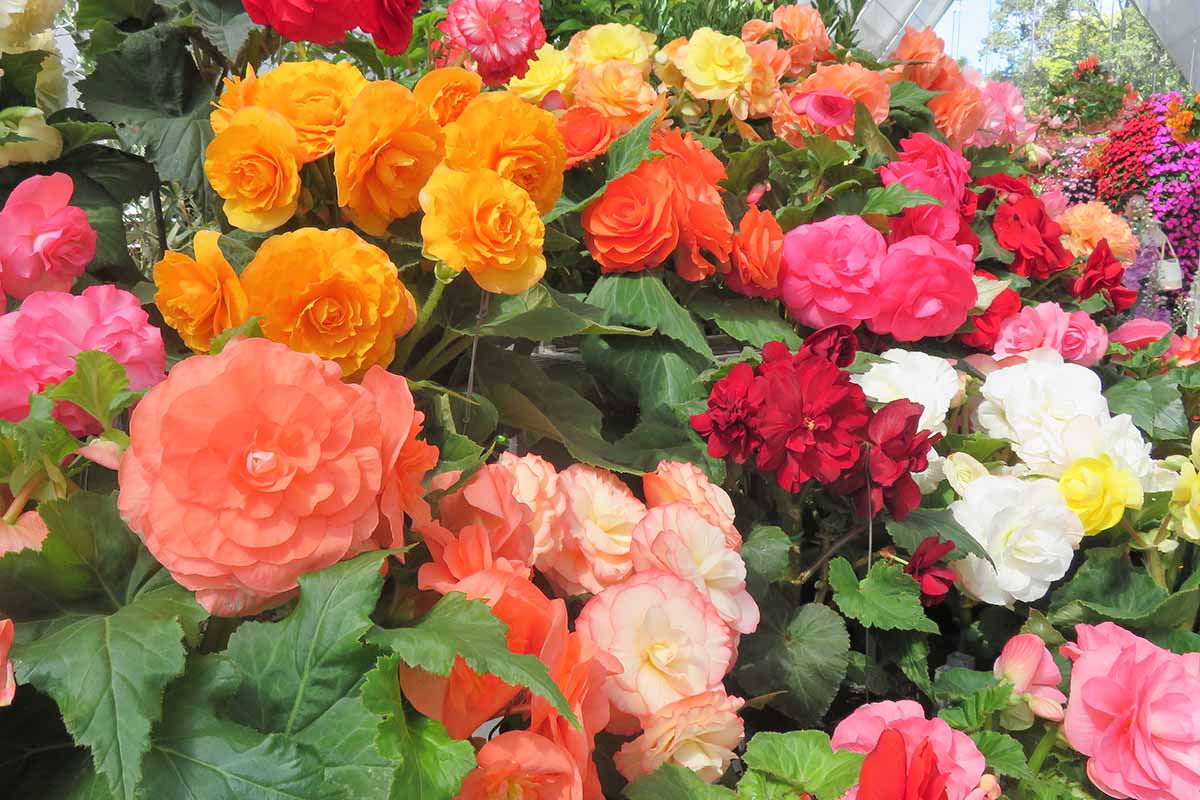
A bit of an exaggeration? Perhaps. But the only way to know for sure is to cultivate some for yourself.
Questions? Remarks? All of it and more can go in the comments section below!
Interested in other flowering plants? Here’s a few guides on some summertime bloomers:
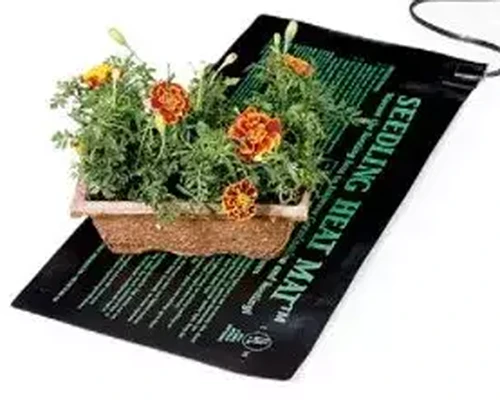

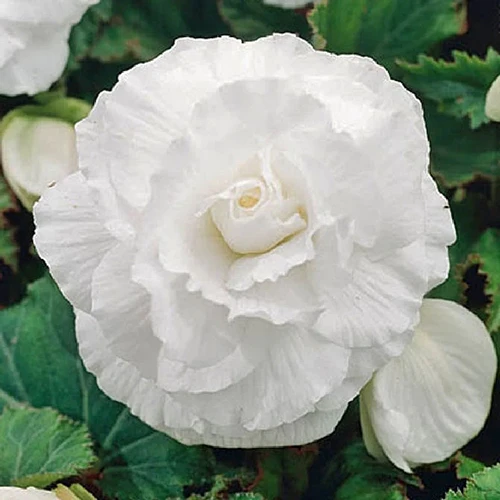
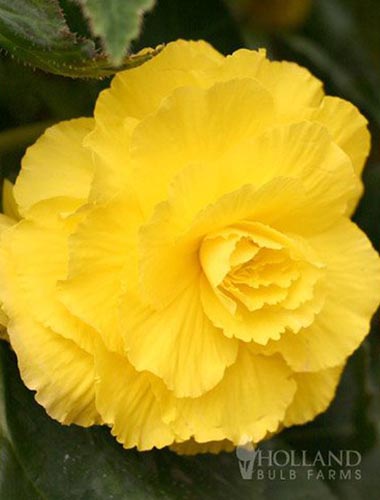
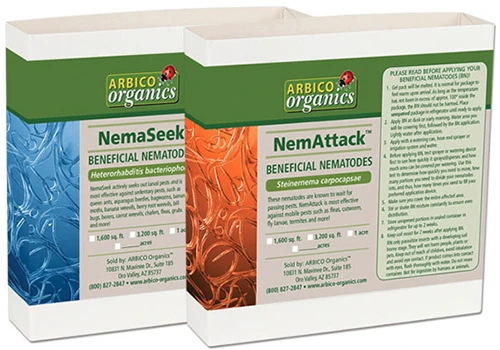
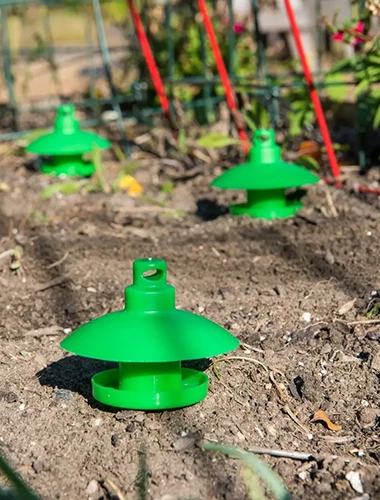
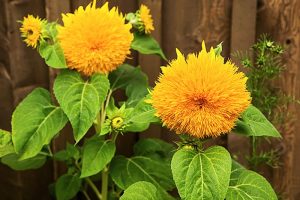
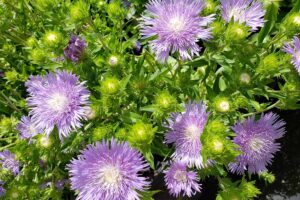

I have a question about my, white, upright Begonia. The leaves & flowers are large, some leaves 10” across. The flowers are generally below the leaves or covered by the leaves. Can I or should I cut the leaves off to better show the flowers? Thank You!
Daniel
Hey, Daniel! If it’s just a couple flowers that are covered by leaves, then you could cut those leaves away. But the leaves are important for the flowers to grow well, so I wouldn’t severely defoliate the plant to try and get every bloom to show 100%.